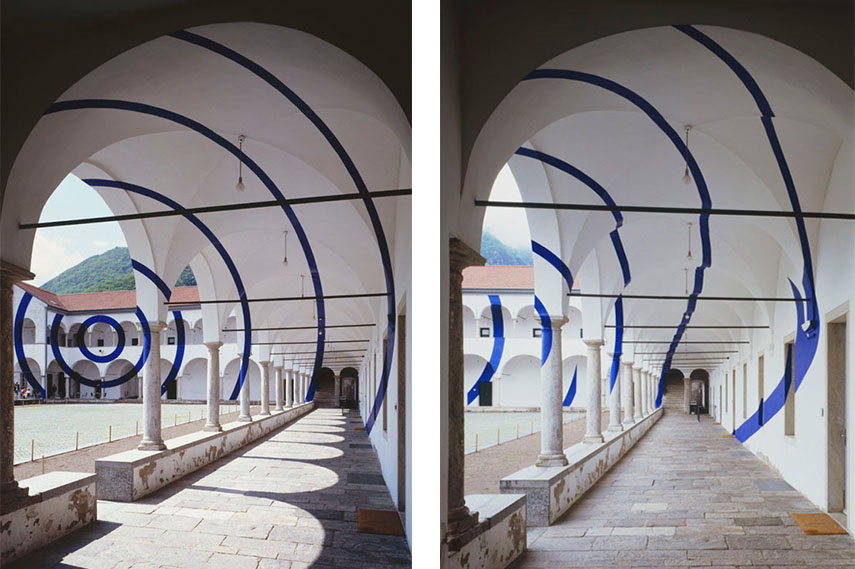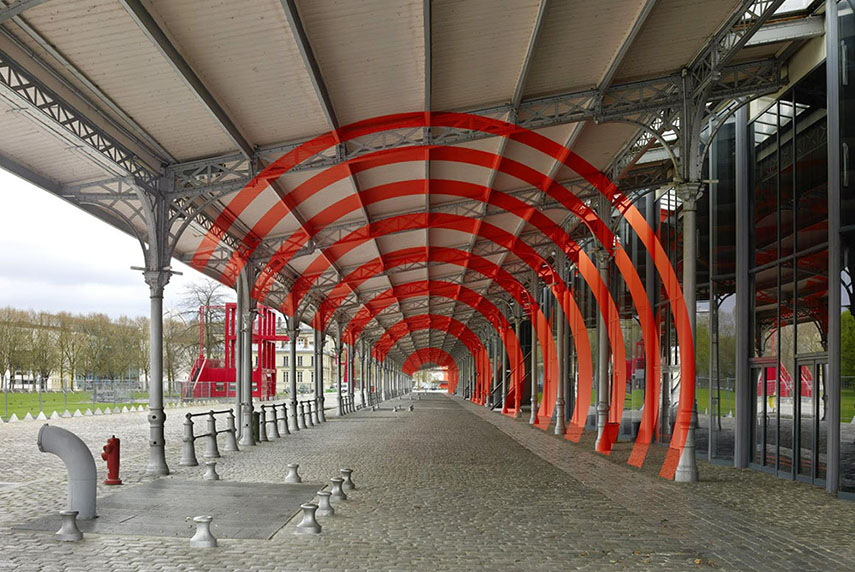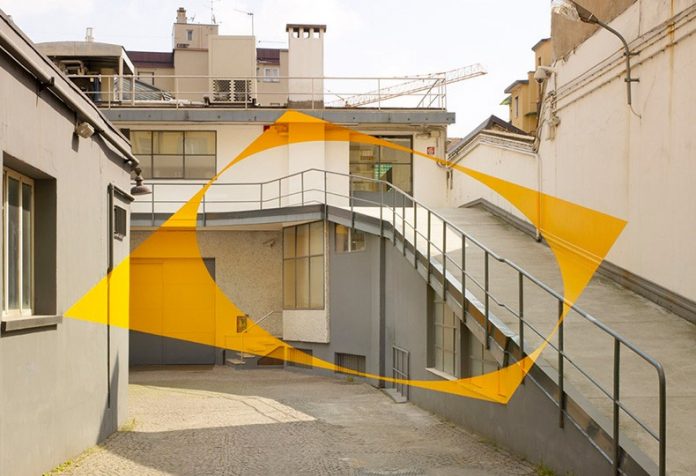The main reason for the emergence of graffiti is usually considered the poverty of the working areas, which has generated social protest.
This is probably why modern townspeople have a rather negative attitude to any drawings on the walls: in the subconscious, there is a dense association with poverty, dirt, ghettos, and other uncomfortable locations. However, this reason cannot be fully called true, since poverty existed both in the Middle Ages and in the 19th century, but it did not take the form of graffiti and, moreover, street art. Street walls were not used for self-expression, but for religious images and political slogans. Only in the XX century street art becomes a mass phenomenon.
Henri Lefebvre, a French sociologist, speaking about the relationship between man and space, sadly noted that there is no need to study cities, their suburbs, and completely new buildings for a long time. They are all alike. The rationality of space alienates a person from the city.
Typical architecture, censorship in words and images, class society, the heap of advertising – all these, in Lefebvre’s opinion, are tools to deprive people of their “right to the city.”
And the stronger the alienation, the more impulsive the ways of challenging these rights, up to the point of aggressive interference in the urban environment.
Today’s relationship between street art and architecture is very close to its concept. Artists contrast the orderly intersection of streets and strict architectural constructions with their own “live” poetic development of the city.
Today, the administrations of European cities are increasingly willing to share these rights with street artists, which allow street artists to move away from spontaneity to more complex and thoughtful interaction with the urban environment and, above all, architecture.
For example, the Swiss artist Felici Varini breaks open space, creating geometric illusions, resorting to anamorphosis.



In these drawings, the lines, incomprehensible at first, if you look at them from a certain angle, suddenly turn into a whole image. Varini himself says that these works give him the opportunity to pass through any object and thus see its essence, even if it is only an illusion.
























